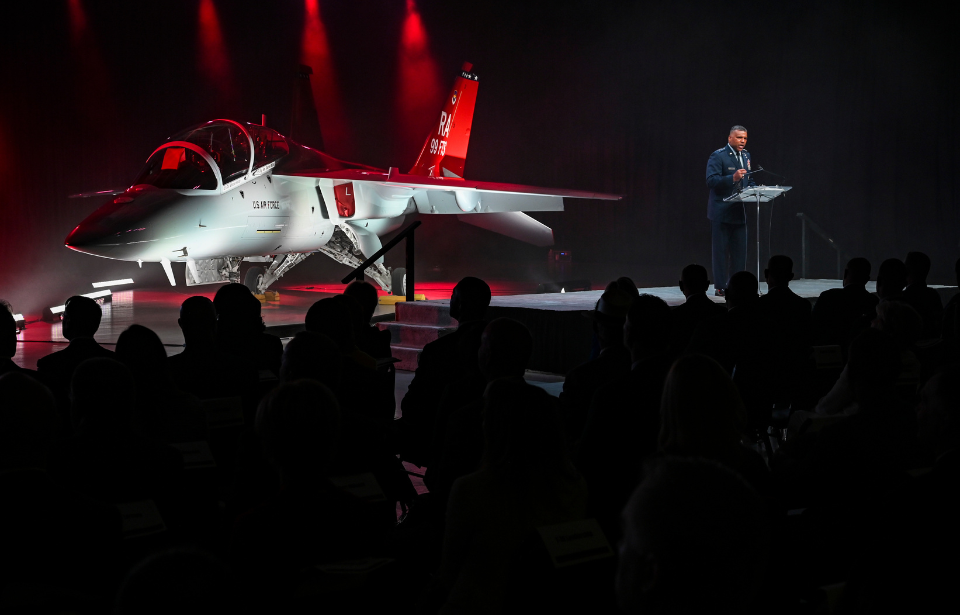The US Air Force’s first new jet trainer in 60 years has finally begun coming off the production line. Along with utilizing new technology that’ll allow for its continued use well into the future, the aircraft is particularly special because it pays tribute to the Tuskegee Airmen, a group of African-American military pilots who flew missions in Europe during the Second World War.
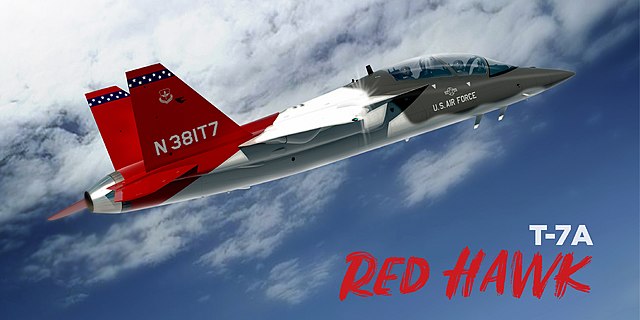
The branch’s current jet trainer, the Northrop T-38 Talon, first entered service in 1961 and was famous for being the world’s first supersonic trainer. In its just over six decades of use, it’s estimated some 50,000 military pilots have trained in the aircraft.
While popular, the T-38 Talon isn’t without its drawbacks, with 210 losses and ejections recorded over it service history. This led the Air Force’s Air Education and Training Command (AETC) to begin developing the requirements for a replacement in 2003. In 2018, the branch named the Boeing-Saab T-7A Red Hawk the T-38’s successor.
The development process for the T-7A was different than traditional programs. According to Boeing, it experienced “a 75 [percent] improvement in first-time engineering quality, an 80 [percent] reduction in assembly hours” and “a 50 [percent] reduction in software development and verification time.”
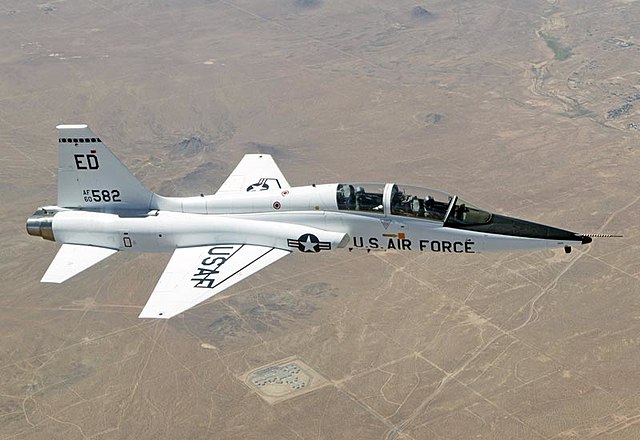
Entering production in February 2021, the T-7A is built for continued use. Boeing says it’s “a flexible, modifiable solution that adapts easily to people, software and systems so future technologies can be easily implemented, pilots can adjust to their personal preferences and the entire system can be applied to other missions. By adapting to changing technologies and learning methods, and by downloading more expensive training, the T-7A produces better prepared pilots in less time.”
The T-7A is assembled at Boeing’s facility in St. Louis, Missouri, while the aft section is constructed by Saab in Linköping, Sweden. However, Saab has said it’ll start producing that part at a new factory in West Lafayette, Indiana.
“The T-7A aircraft and accompanying ground systems will help us meet the Air Force’s mission and prepare aircrew to fight future threats, said Lt. Cen. Brad Webb, commander of the AETC, in a statement. “Getting the T-7A into the hands of our instructors, students and maintainers is important to our initiatives in transforming pilot training to ensure the highest caliber of pilots are ready for future conflict.”
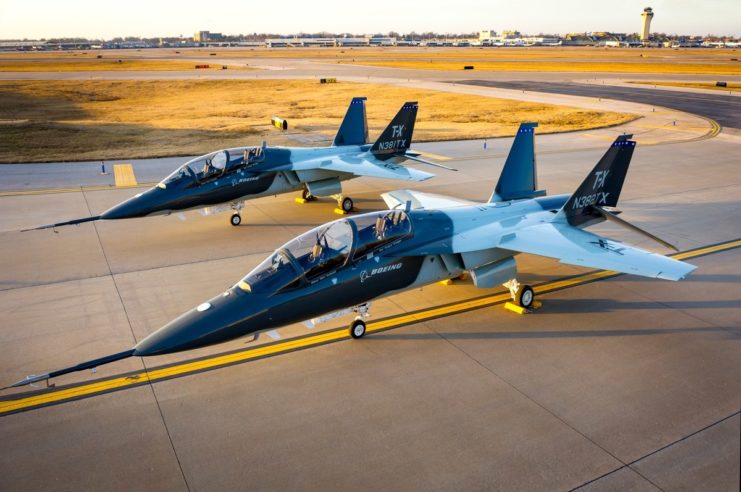
The first production T-7A was delivered to the Air Force at a ceremony on April 28, 2022. The aircraft is a tribute to Brig. Gen. Charles E. McGee, who served as a Tuskegee Airman during the Second World War. His name, as well as fellow Tuskegee Airman Lt. Col. George Hardy‘s, are painted on the jet trainer. Hardy, along with McGee’s children, were present at the ceremony.
The aircraft also features the tail flash of the 99th Flying Training Squadron at Joint Base San Antonio, Texas.
“The T-38 is a true workhorse training Air Force fighter and bomber pilots for Air Education and Training Command,” said Col. Kurt Cassell, T-7 program manager. “But the T-7 Red Hawk is a game changer, providing advanced mission systems, a glass touchscreen cockpit, stadium seating and embedded training capability.”
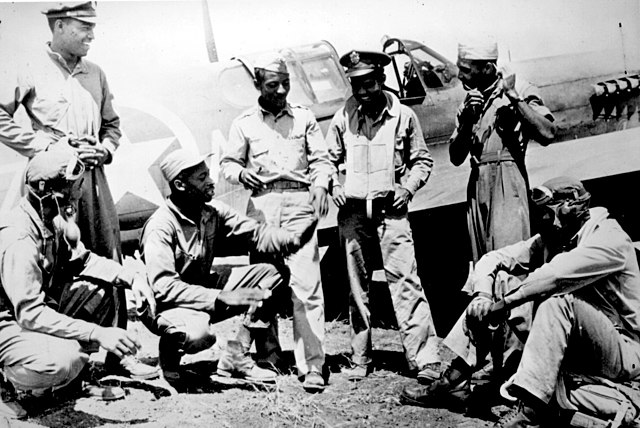
The Tuskegee Airmen were a group of African-American pilots who were segregated from their White counterparts and trained in Tuskegee, Alabama. The 99th Pursuit Squadron, flying Curtiss P-40 Warhawks, were the first to be sent overseas, after which they and other Tuskegee Airmen fighter squadrons were assigned to the 332nd Fighter Group.
The Tuskegee Airmen sported red tails on their P-40s. The 99th Flying Training Squadron and the 100th Fighter Squadron keep their legacy alive by flying aircraft with red tails.
“Today, we honor the heroes of our past, while also looking toward our future as an Air Force on an incredible pace of change, innovation and progress,” said Lt. Gen. Richard Clark, US Air Force Academy Superintendent, at the ceremony. “With this roll out, we honor our storied history and the heroes who wrote the chapters, and we usher in an exciting new era of aviation and a new generation of heroes who will write the next chapters.”
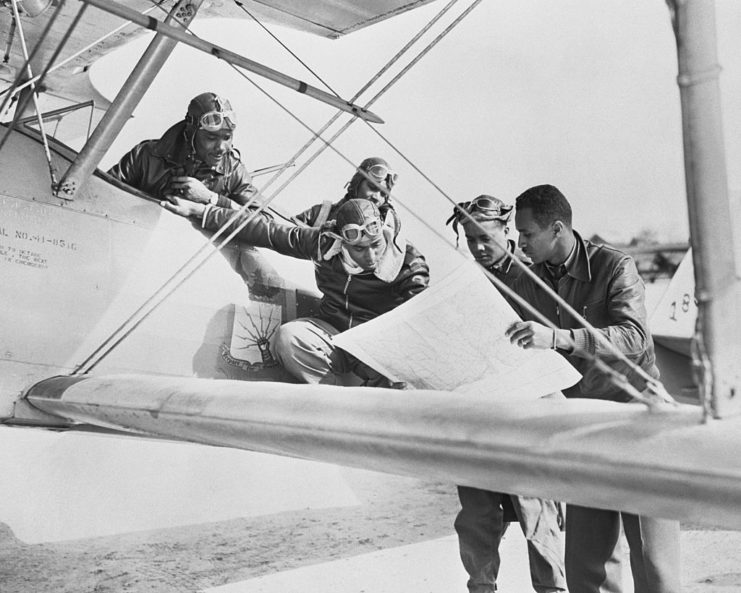
The 99th Flying Training Squadron will be the first unit to fly the T-7A, with the first squadron expected to be operational in 2024. Before the first flights can occur, the jet trainer must perform ground checks and taxi tests, after which it will fly to Edwards Air Force Base, California to begin flight tests.
